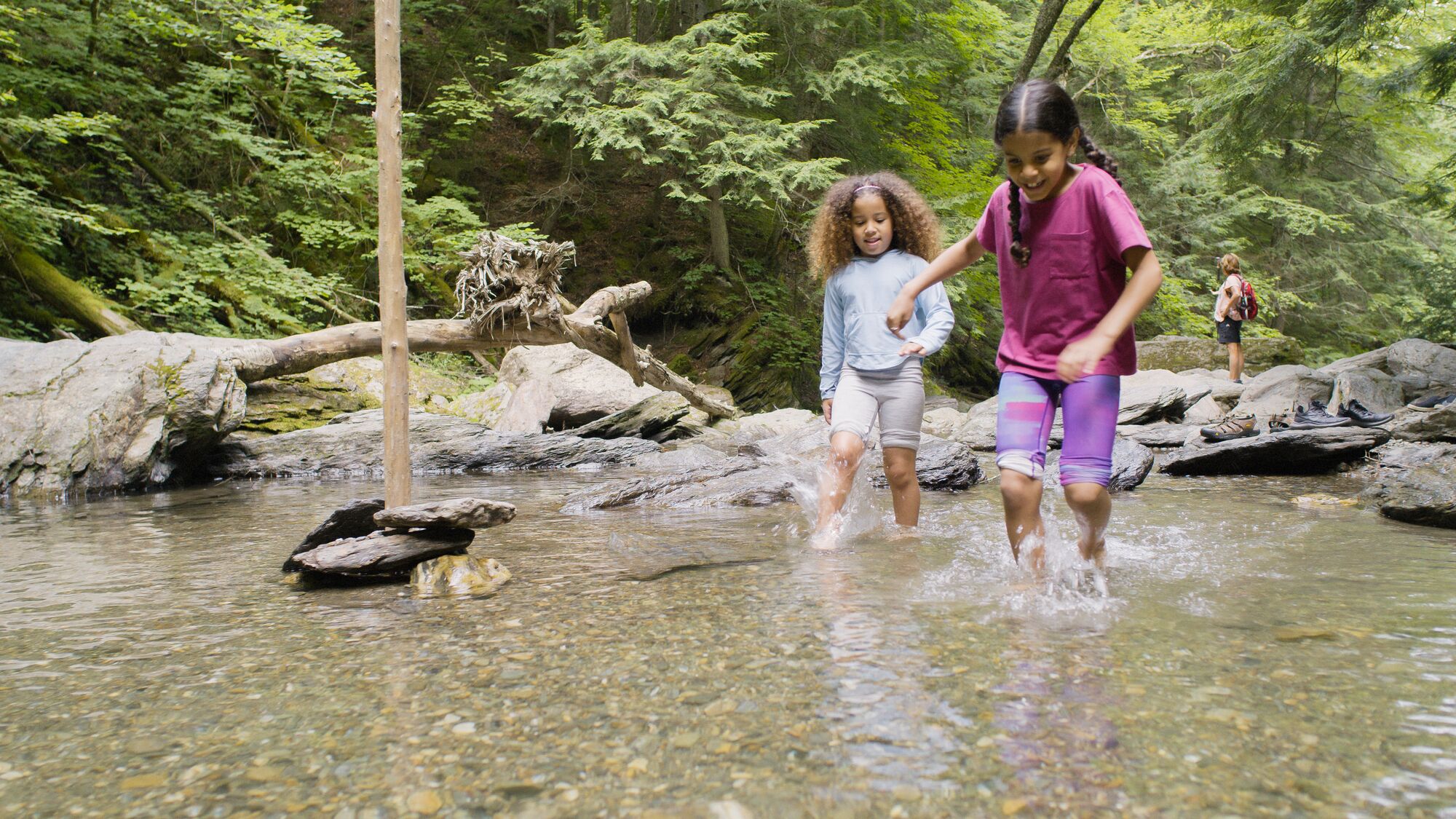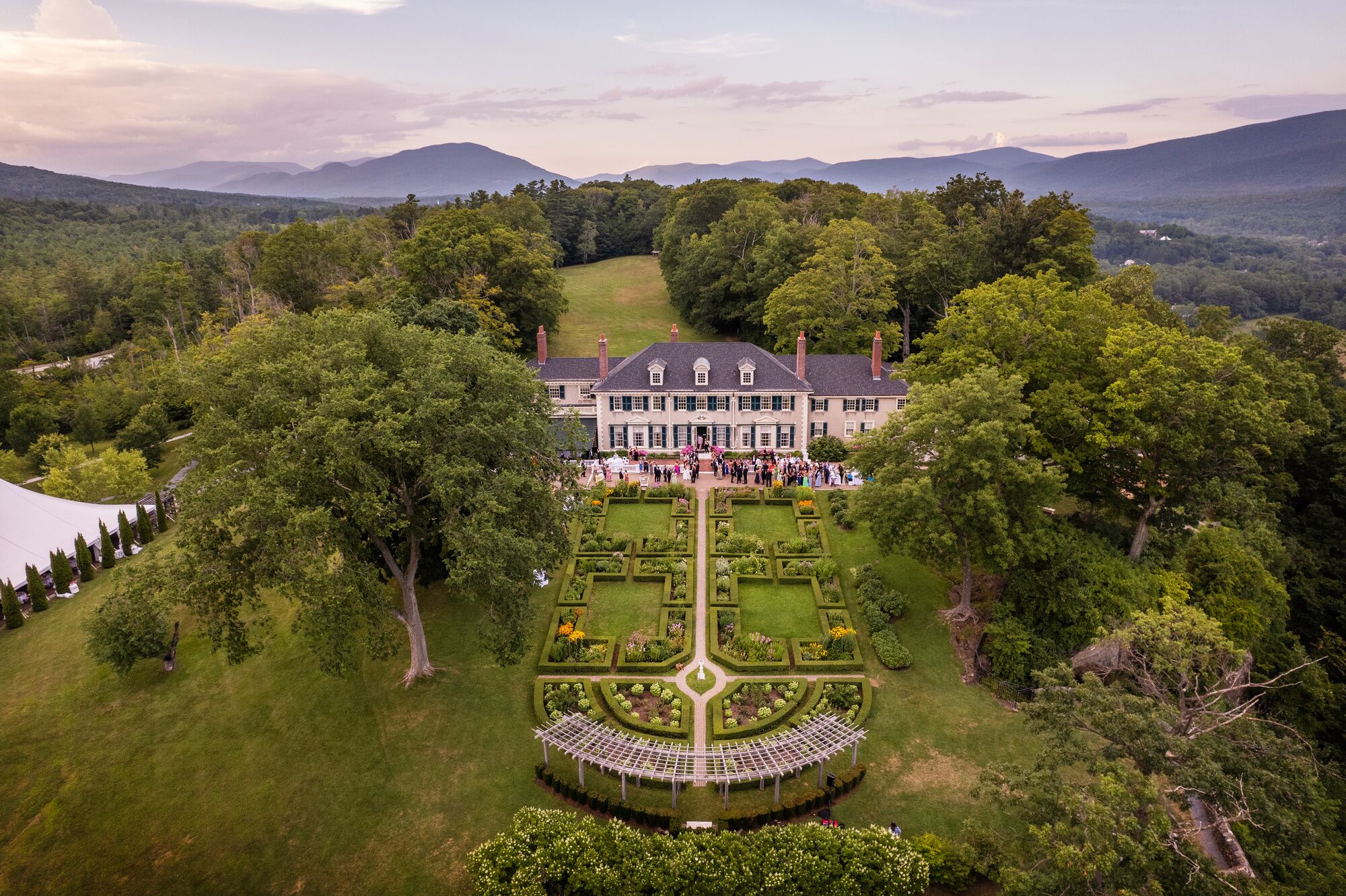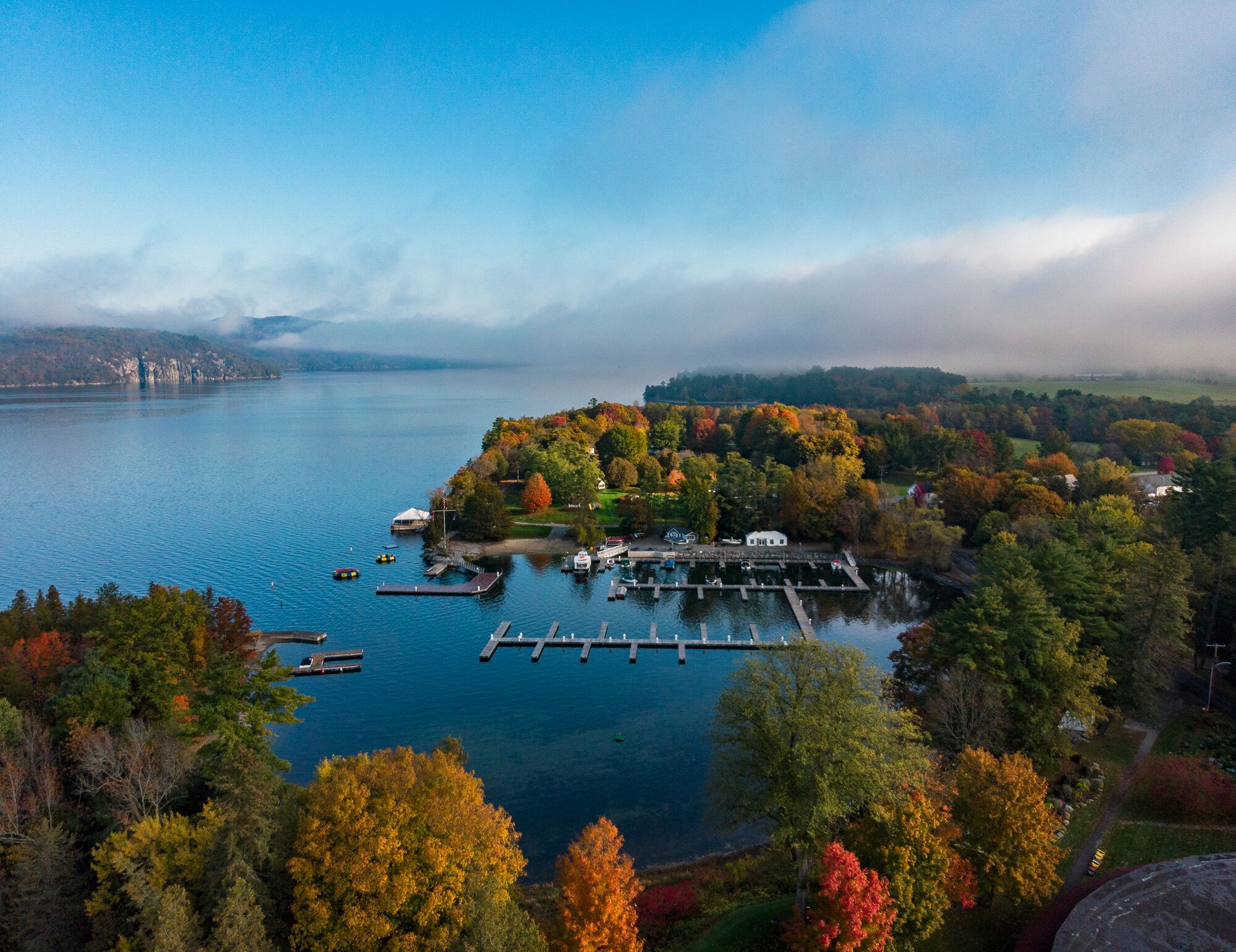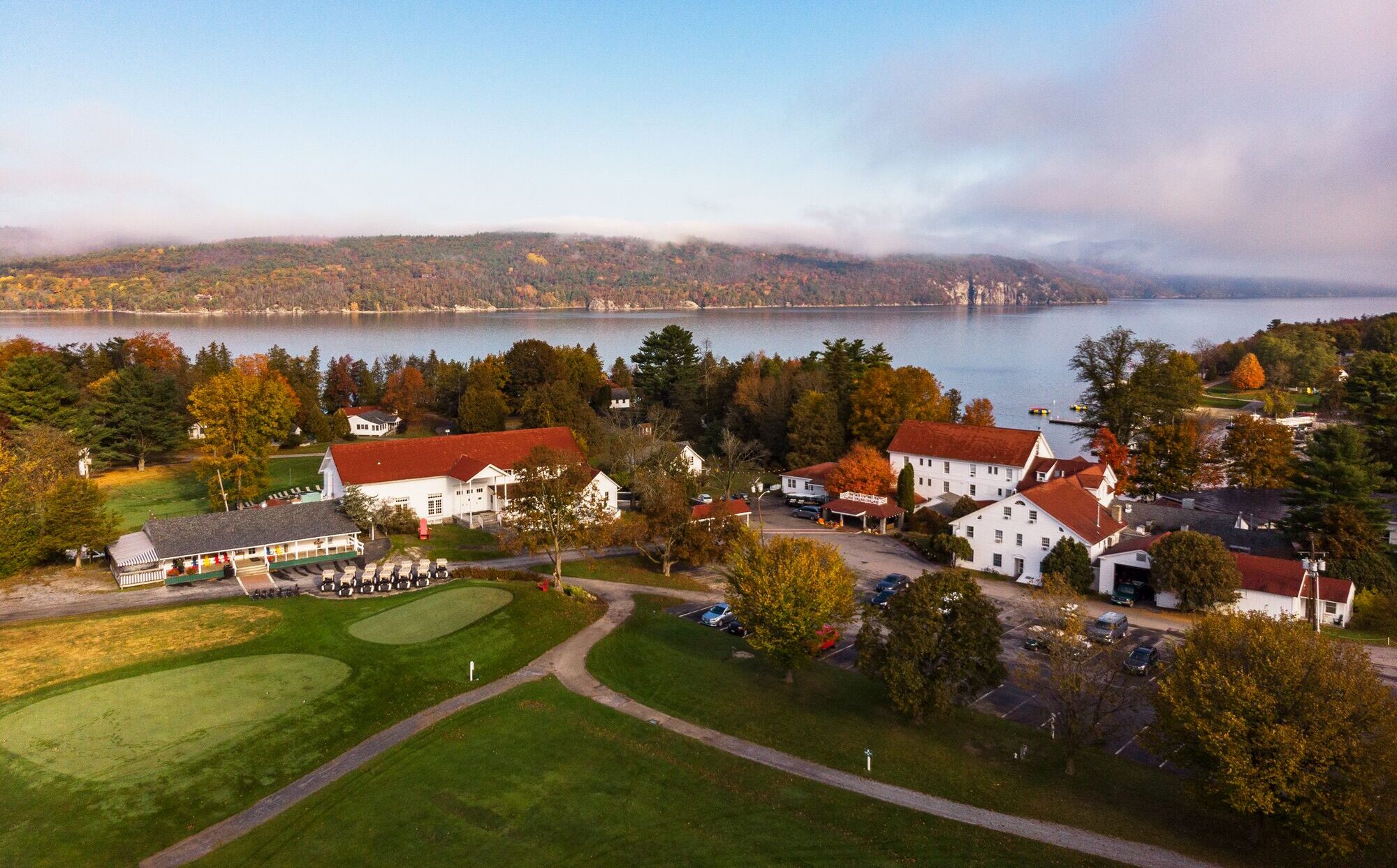5 Swimming Holes in Southern Vermont
5 Iconic Vermont Swimming Holes
Vermont is rich with swimming holes, waterfalls, and places to paddle and cast a line. These oases are beloved by locals and visitors and give everyone the opportunity to splash and play, connect with family and friends, and find peace and tranquility.
Swimming holes are uniquely Vermont. Explore these five public swimming holes in southern Vermont.
Green River Meadows
GUILFORD
River: Green River
Acreage: 17.70
River frontage (ft): 4,183
Green River Meadows is a quiet place to walk, take a dip, cast a line, or simply enjoy the sights and sounds of the babbling water. Aptly named for its meadow surroundings, the banks of the river are lined with mature trees against a backdrop of bucolic rolling hills, which light up with reds and oranges each fall. The shaded and shallow pools are perfect for cooling your feet off on a hot day or searching for insects under the smoothed rocks. Enjoy hiking, walking, swimming, and fishing. Dogs are allowed on leash.
Stickney River Corridor Easement
ROCKINGHAM
River: Saxtons River
Acreage: 12.50
River frontage (ft): 2,300
The easement at Stickney River is one of Vermont’s larger swimming holes. Visitors can explore this scenic section of river and find bedrock ledges, outcrops, shallow ponds, cascades, cobble shores, and small shaded, sandy beaches. The public trails leading to the water are perfect for stretching your legs or walking your dogs. Splash around or relax and cool off in the ledges and pools. Enjoy hiking, swimming, birding, and fishing at the Stickney River Corridor Easement. Dogs are allowed on leash.
Rainbow Rocks Swimming Hole
CHESTER
River: Williams River
Acreage: 1.30
River frontage (ft): 715
Rainbow Rocks has been a favorite swimming hole and fishing site for generations. The swimming hole’s large pools are perfect for kids and dogs. The oxygenating ripples downstream create a great fish habitat, a draw for anglers wanting to try their luck. The river frontage and beautiful shoreline provide plenty of spots to cast a line. Cool off in the deep swimming hole and search for the smoothed-over rainbow rocks, for which the swimming hole was named. Enjoy hiking, walking, swimming, and fishing. Dogs are allowed on leash.
Lower Clarendon Gorge State Forest
CLARENDON
River: Mill River
Acreage: 79.70
River frontage (ft): 6,500
Visitors can swim and fish in the gorge while enjoying the dramatic views. At nearly a mile long, the gorge includes a beautiful series of mesmerizing waterfalls that cut through the colorful faults of metamorphosed Champlain Valley rock. From the main swimming hole, the walls of the gorge rise steeply, colored by white marble and purplish basalt. Enjoy a wonderfully secluded swim, despite its proximity to a major Vermont thoroughfare. Enjoy hiking, swimming, and fishing at Lower Clarendon Gorge State Forest. Water levels can change at any time. Swim and fish with caution, and always be aware of your surroundings. Dogs are allowed on leash.
Buttermilk Falls
LUDLOW
River: Branch Brook, Black River
Acreage: 7.00
River frontage (ft): 2,500
One of Vermont’s better-known swimming holes, Buttermilk Falls, is accessible year-round via a short half-mile trail. The deep pools and shallow spots are created by two falls, the upper and lower. The falls change with the seasons, making this a multi-season destination. During spring and winter, water plunges over the ledges, creating the iconic waterfall sound. Later into the summer season, the falls transform into a mild twist of water, flowing over and around the rocks. Enjoy hiking, swimming, and fishing at Buttermilk Falls. Falls create a drowning risk. Dogs are allowed on leash.
VERMONT RIVER CONSERVANCY
Swimming holes rely on the work of the Vermont River Conservancy. Since 1995, the Vermont River Conservancy has been permanently protecting special lands along Vermont’s rivers. With the goal of never seeing a “no trespassing” sign preventing people from accessing a beloved river, the Conservancy protects public access to swimming holes, fishing and boating access, gorges, waterfalls, and more.
The Conservancy’s work started with protecting a swimming hole in central Vermont. Since then, the Vermont River Conservancy has protected more than 50 miles of shoreline for people, wildlife, and the environment.



